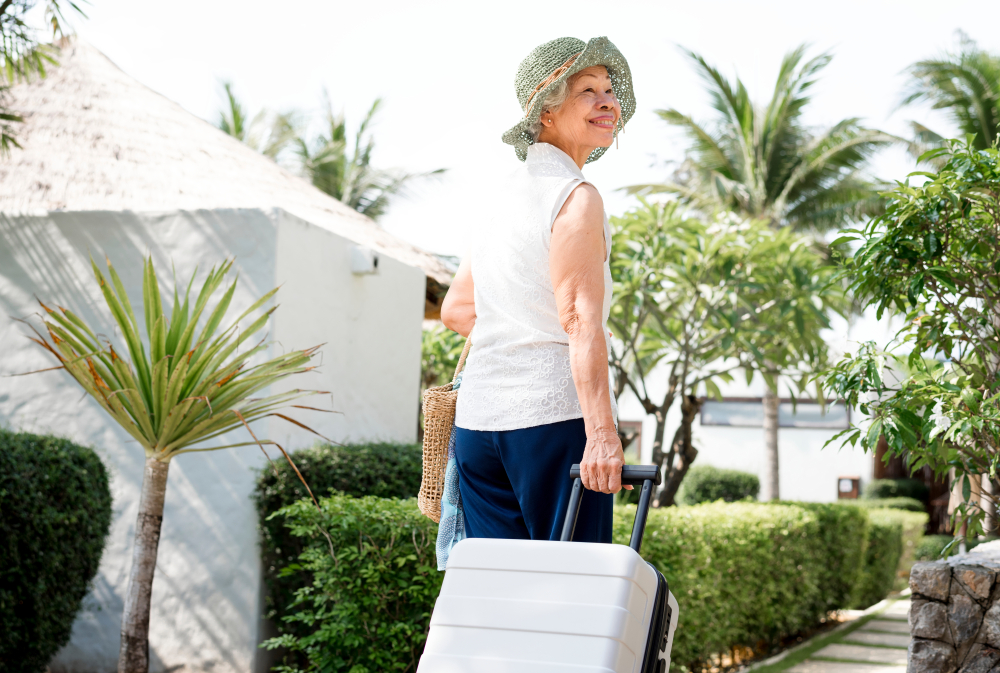Japan has now set a new world record with one in three people aged over 65, and the number is expected to reach more than two-thirds of the population by 2040. Around the world, numerous countries are facing a growing number of aging citizens. According to a recent study, in the US, these citizens are facing an alarming number of issues, and they are often facing them alone.
SeniorCare.com, an online resource dedicated to informing consumers on the realities and options within the senior care industry, recently conducted a study in association with the University of Texas At Arlington regarding seniors “aging alone,” which went in depth about the health, emotional and financial issues of aging alone with limited support and provides a demographic makeup of this often overlooked group of people.of a crisis.
The study shows that 52% reported being lonely, 70% have not identified a would-be caregiver and 35% have no help in a crisis. These figures are a cold reminder that many senior citizens often experience depressing levels of loneliness in our modern society.
Moreover, every day in the US as many as 10,000 people turn 65 years of age, with 28% of those in this age group now living alone. Among the other issues faced by this age group, loneliness is one of the most prevalent and devastating. Repeated evidence has shown that loneliness can take a huge toll on mental health and can even be fatal.
For Japan, robots have been the answer to help comfort Japan’s lonely aging population. But for other countries, such as the US, other forms of technology such as social media, and travel can help to combat this loneliness issue.
Jonathan Breeze, the CEO of AardvarkCompare.com, a travel insurance comparison site for seniors, believes that technology and travel can have an incredibly positive impact to help remedy this bleak situation stating “[W]hen you look at the data concerning Mobile telephony use, it is nearly universal – over 95% of your older correspondents have access to mobile technology. Over 80% use social media in order to connect with the outside world. Our version of social isolation does seem to have changed over the years – although we may be physically isolated, we are not alone. Social media has allowed older citizens to stay connected, redevelop old friendships, and even create new ones.”
He adds “However, physical isolation is still a concern, and this is where travel can help enormously. Cruise vacations are incredibly popular with older travelers. Many of those who take cruise vacations do so as single travelers. The cruise lines all go out of their way to help single travelers on board – they will be placed on social dining tables, encouraged to join activities, and take excursions whilst on the cruise. Travel can be a wonderful way for an isolated person to join a community, albeit temporarily, as they travel around the world.”
Evidently, we will have to find better solutions to the issues faced by this aging population. Through innovation and new technology, we can find potential solutions, but it is also important to remember that this is an issue that can be solved with genuine human care, comfort and attention.
Disclosure: This article includes a client of an Espacio portfolio company












